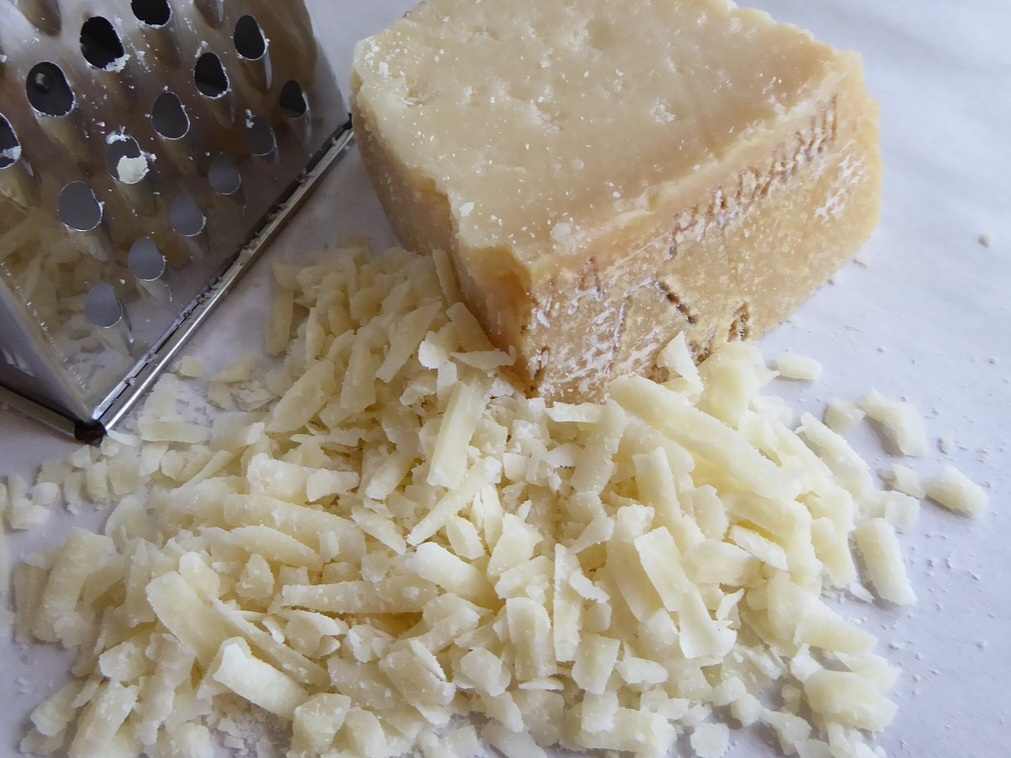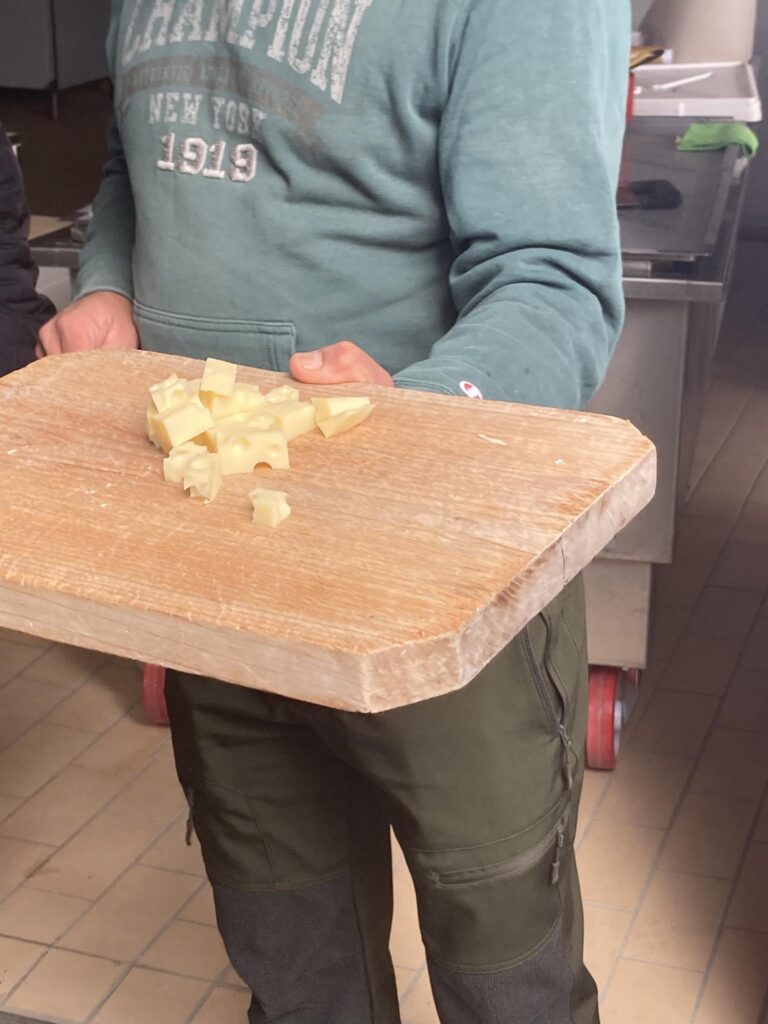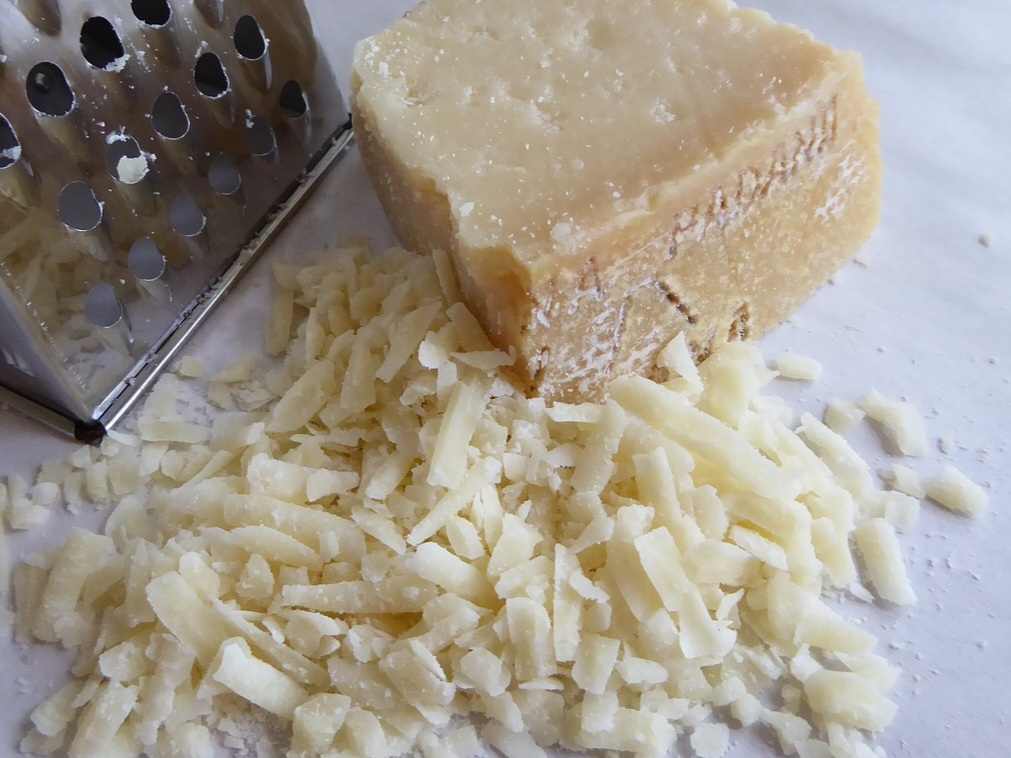The most popular types of cheese from the friuli - venezia - giulia region

The Friuli Venezia Giulia region of Italy is known not only for its delicious hams, but also for its wealth of cheeses, which form an integral part of the region’s culinary heritage. An introduction to the most popular types of cheese in the area invites you on a journey through the flavours and aromas that define the uniqueness of Friulian cuisine. Discovering the variety of cheeses of Friuli Venezia Giulia is not only a culinary experience, but also an insight into the history, tradition and local culture of this fascinating region of Italy.
1. Montasio

This cheese takes its name from the plateau of the same name, where the cheese has been produced since 1200. It is a hard cheese with a more or less aromatic flavour depending on the months of maturation: it differs between fresh, intermediate (mezzano) and cured (stagionato).
Four varieties are distinguished according to the time of ripening:
- Young – has a supple, smooth skin with a dark beige colour. The flesh is white, falling into a slight yellow. Characteristic tiny eyes.
- Medium
- Old – has a characteristically thick rind, granulated and crisp flesh. In this version it is usually served as a grated cheese.
- Very old
Taste from soft and delicate when fresh, becoming progressively more pronounced and aromatic. The older it gets, the spicier it gets, while the younger it gets, the softer and milder it gets.
One of the most popular dishes in which Montasio is used is:
- Lasagne al radicchio e Montasio,a variation of the classic ragú lasagna. The pasta consists of layers of red radicchio cooked and shaded on the red side and Montasio cheese typical of Friuli..
2. Formaggio di Malga
It is produced traditionally in highland cottages, known as malgas. It is a cheese made from cow’s milk, which acquires its unique taste and aroma thanks to the breeding conditions in the mountains.

It has a smooth rind, dark yellow flesh with mostly irregular eyes. Its texture is creamy and its taste is distinctive, sometimes with a slightly bitter but pleasant aftertaste.
3. Formaggio di Asiago
It was originally made from sheep’s milk under the name: Pecorino di Asiago, nowadays it is made entirely from cow’s milk, partially skimmed. During maturation it is salted dry or by immersion in brine.

A long and slow ripening process of 6 to 7 months results in a compact, slightly creamy, granular texture full of small, irregular eyes. The flesh is white to straw in colour. The skin is white, smooth and inedible. It can be grated and used as a condiment
